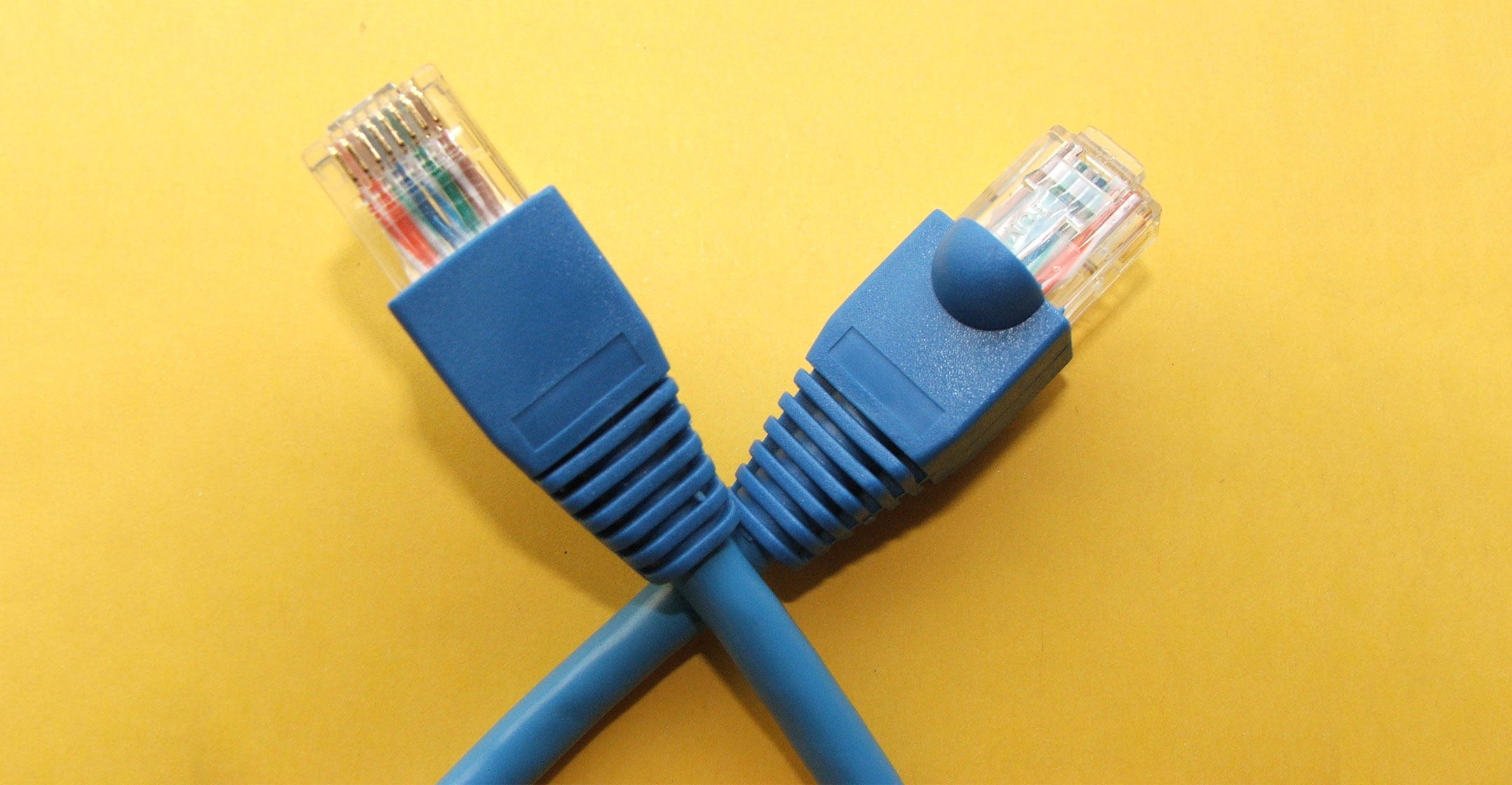 While Telkom’s mobile business is a picture of good health, its fixed-line operation is looking sickly.
While Telkom’s mobile business is a picture of good health, its fixed-line operation is looking sickly.
The number of fixed access lines in service has fallen by almost 10% in the 12 months to 30 September 2018, from 2.84 million to 2.57 million. Fixed broadband subscribers, including fibre and copper customers, declined by 2.5% to 974 000.
Fixed-line voice average revenue per user (Arpu) declined by 1.6% to R359.09, while fixed broadband Arpu rose by 3.4% to R194.42.
Total fixed-line voice traffic fell 12.7% to 5.6 billion minutes. Fixed service revenue fell 7%.
Fixed-line data revenue was flat at R4.9-billion. Fixed data connectivity services increased 0.9% to R3.4-billion due to a decline in traditional revenue streams, offset by the increase in fibre and new data products including fibre to the home and metro Ethernet.
There was a bright spot, however. Fibre to the home showed good growth, with subscribers rising by 30.8% to 393 000. The fibre attachment rate (the number of subscribers who take up fibre services where they’re available) rose from 24.5% to 35.6%.
Capital spending on fibre to the home was rationalised to bring up the attachment rate, falling 49.2% year on year to R598-million.
Consumption of fixed broadband data continued to rise, climbing 25.1% to 488 petabytes.
‘Migrating’
“We have instituted specific initiatives to counter the decline in the fixed business, such as innovative fixed-broadband products (led by the Unlimited product suite as well as customer speed upgrade migrations) and content offerings. In addition, we have begun migrating selected traditional fixed-line customers to wireless technologies,” Telkom said.
Openserve, which is responsible for building and maintaining Telkom’s core, fixed and mobile networks, will continue to promote next-generation fibre and Ethernet products, despite a decline in voice revenue.
 “We are committed to modernising and commercialising the network and continue to drive the migration of legacy products to next generation fibre-based products. In line with the strategy, we have announced a minimum fibre-to-the-home speed offering starting at 10Mbit/s, effective from January 2019.”
“We are committed to modernising and commercialising the network and continue to drive the migration of legacy products to next generation fibre-based products. In line with the strategy, we have announced a minimum fibre-to-the-home speed offering starting at 10Mbit/s, effective from January 2019.”
Openserve revenue increased 0.9% to R8.7-billion, mainly driven by growth in fibre to the business.
“Across the fibre ecosystem, we see steady growth and have continued our journey to provide value-based pricing to our clients. In this endeavour, we will introduce increased bandwidth and optimise pricing to stimulate further connectivity growth.”
Openserve’s national optical footprint grew by over 10 000km to 161 000km. — © 2018 NewsCentral Media

